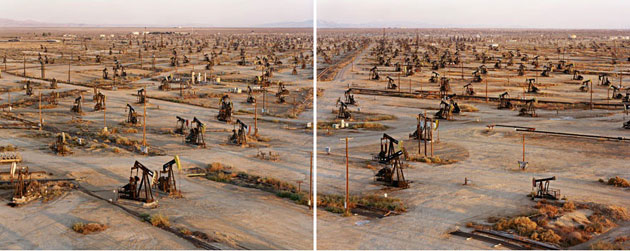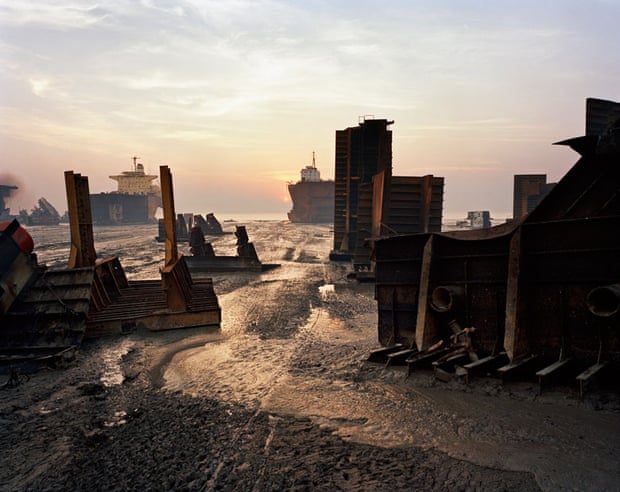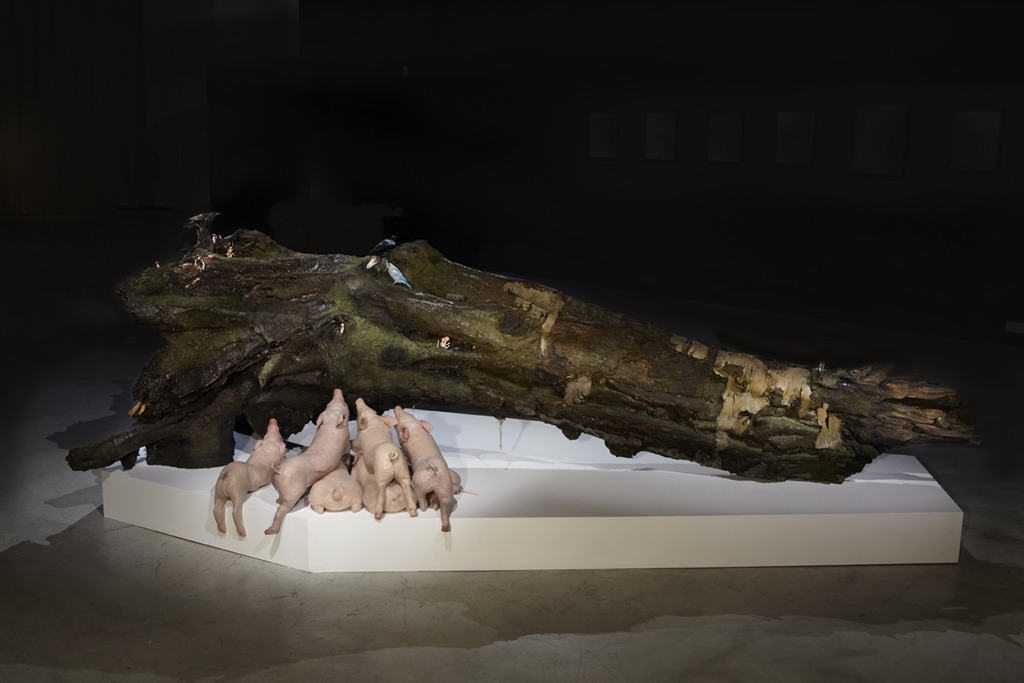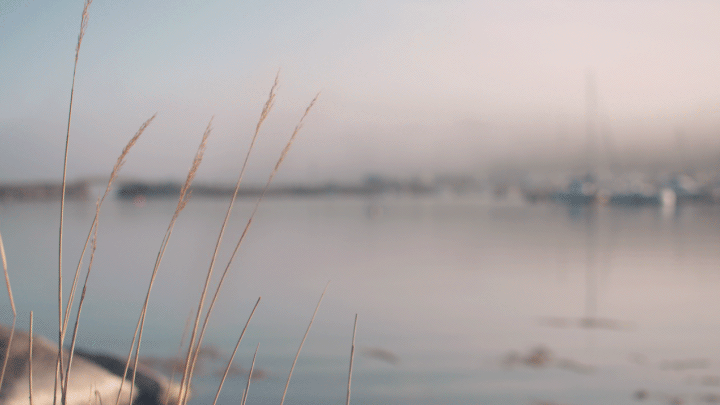Portraits come in many forms, however what would we expect a portriat of a city to look like?
Peter Fraser - A city in the Mind, has addressed this idea with inspiration from the Vintage Classic, Invisible Cities by Italo Calvino.

Peter Fraser - A city in the Mind Exhabition at the
Brancolini Grimaldi Gallery
Invisible cities, being a collection of short chapters where by Marco Polo shares his travels and stories with the Emperor Kublai Khan, however the langue barrier between the two men means that Polo uses objects to help tell his stories.
It is not only that this book was an inspiration to Fraser's work that makes it important it is that idea that, images are language - A picture paints a thousand words.
With this in mind Fraser has asked us to look at this work and allow us as the viewer to make up our own mind about what city or place he is trying to describe to us, although we know that this is a portrayal of London we still might find that some of the works, might evoke a memory of another city that we might have been to before. Such an image to do this would be the conch shell.
In some ways this body of work could be seen as the blue print for a city, a city that is in the process of being built. Each image could be seen at the building blocks for a functioning city, for example the first image we see is of a song thrush, this being the adding of nature to the city. Moving on form this image we come across the image of the model city, a representation of people with in a functioning city, again the image Who's Who is again could be read as the adding of people to a city being built.
As we move through the images we can start to see more objects that we would associate with civilized live such as chairs and chandeliers, however back track a tiny way and we can see representation's of a city thought the stacked playing cards making a tower, much like that of a skyscraper of a city such as London.

Peter Fraser - A city in the Mind Exhibition
at the Brancolini Grimaldi Gallery
Over all this body of work is thought provoking, allowing the viewer to understand the different ways in which a city can be seen though different eyes, other than our own. Allowing our judgements of a city to be brushed aside and see a city in a new light.













